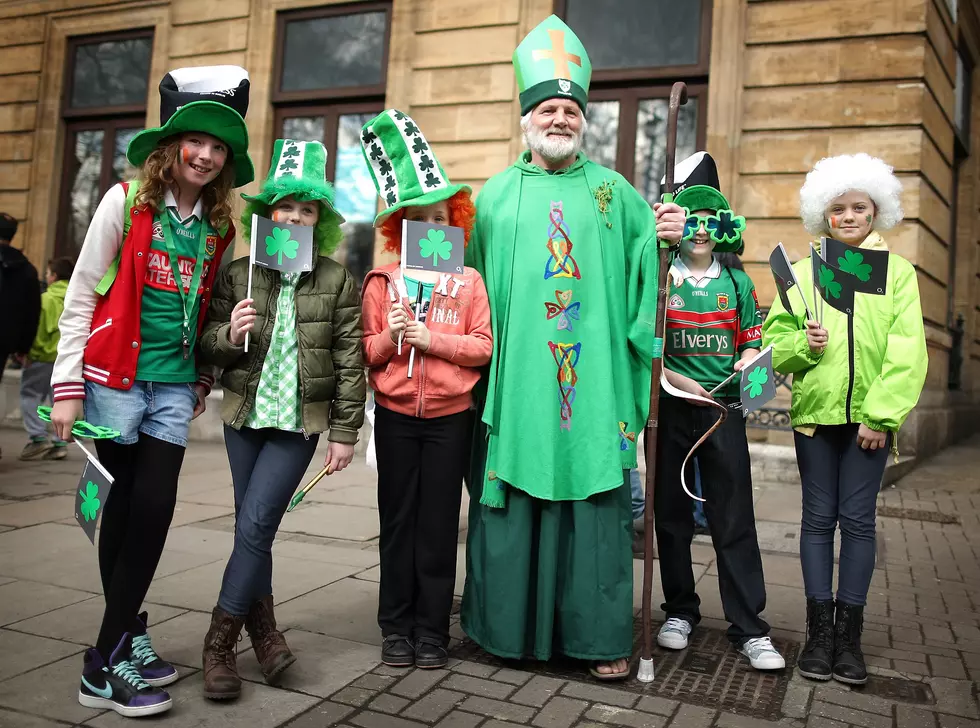
St. Patrick’s Day Facts
I've already been pinched this morning for not having green on, but what does that have to do with St. Patrick's Day? And did St. Patrick really banish all snakes from Ireland? Here are some facts that address popular traditions associated with St. Patrick's Day, in bullet-point form for your perusing pleasure!
- St. Patrick was born in Roman Britain at Banna Venta Berniae, a location otherwise unknown, though identified in one tradition as Glannoventa, modern Ravenglass in Cumbria. Calpornius, his father, was a deacon, his grandfather Potitus, a priest. When he was about sixteen, he was captured and carried off as a slave to Ireland.
- Patrick worked as a herdsman, remaining a captive for six years. He writes that his faith grew in captivity, and that he prayed daily. After six years he heard a voice telling him that he would soon go home, and then that his ship was ready. Fleeing his master, he travelled to a port, two hundred miles away,[29] where he found a ship and, after various adventures, returned home to his family, now in his early twenties.
- He began his studies for the priesthood. He was ordained by St. Germanus, the Bishop of Auxerre, whom he had studied under for years. Eventually becoming a bishop, Patrick preached and converted all of Ireland for 40 years. He worked many miracles and wrote of his love for God in Confessions. After years of living in poverty, traveling and enduring much suffering he died March 17, 461.
- Patrick used the shamrock to explain the Trinity, and has been associated with him and the Irish since that time. The shamrock had been seen as sacred in the pre-Christian days in Ireland. Due to its green color and overall shape, many viewed it as representing rebirth and eternal life. Three was a sacred number in the pagan religion and there were a number of "Triple Goddesses" in ancient Ireland, including Brigid, Ériu, and the Morrigan.
- The absence of snakes in Ireland gave rise to the legend that they had all been banished by St. Patrick. [65] chasing them into the sea after they attacked him during a 40-day fast he was undertaking on top of a hill.
- However, all evidence suggests that post-glacial Ireland never had snakes. Some scholars believe St. Patrick's snake-removal was a legend designed to symbolize Patrick's conversion of the Druids, whose religion used serpent symbolism.
- Forgot to wear green on St. Patty’s Day? Don’t be surprised if you get pinched. No surprise, it’s an entirely American tradition that probably started in the early 1700s. St. Patrick’s revelers thought wearing green made one invisible to leprechauns, fairy creatures who would pinch anyone they could see (anyone not wearing green). People began pinching those who didn’t wear green as a reminder that leprechauns would sneak up and pinch green-abstainers.
Click here and here for more details about St. Patrick and St. Patrick's Day.
More From News Talk 96.5 KPEL







![Southern Band Plays ‘NECK’ For LSU Fans At Baton Rouge St. Patrick’s Day Parade [VIDEO]](http://townsquare.media/site/34/files/2019/03/Screen-Shot-2019-03-18-at-7.44.05-AM.png?w=980&q=75)

